|
The seedling start popping up! Fresh sweet lemons! And juicy, crisp microgreens! Many things make it feel like spring, even if the cool wind likes to remind me otherwise. Soon these little plant babies will be planted out under the repaired and replaced tunnel (parts on on order now). And they'll get to bask in the warm sunshine. Until then, the micros grow and the chickens & ducks lay eggs! Eggs, micros, and lemons will be available this Friday from 12-1230pm at Fireman's Park parking lot in Libby! Get the sweet juicy meyers before they are gone! Where to find it all?
The winter egg/microgreen delivery is every Friday from 12-1230pm at the Fireman's Park Parking Lot. I'll be there rain, snow, shine, or freeze!
0 Comments
Keeping chickens and other poultry in winter isn’t difficult but it does require some preparation as repairing or setting up fences in 3ft deep snow or scrambling with extension cords and heat lamps to prevent frost bite in sub zero conditions isn’t easy. Each of the next 6 weeks, I’ll focus on one aspect of caring for chickens and ducks in winter The main things to prepare for are:
Managing a change or possible increase in type and number of predatorsWinter can be harsh for all animals, local wildlife included. Food is harder to find and it’s always cold. And because we feed and supplementally heat our coops it means more than just the chickens and ducks are happy to make use of both and sometimes other animals are looking not for chicken feed but chicken dinner. Below is my top tips and methods for keeping the hens safe from all the other animals that come around during winter. Rodent (mice & wood rats)These may be the smallest but they can be the most pernicious of predators to deal with when raising poultry. They are the smallest and thus the hardest to keep out. They eat the hens’ food, poop & pee all over the place (well so do the hens, but they live here on purpose), chew through stuff, and cause general mayhem. The 3 best ways to deal with them are:
Rats & mice are predators? what!? Yep. They probably won’t do too much harm to most adult birds, but they can serious injure or kill chicks and young ones. On the flip side, adult birds may also eat them so they aren’t the worst out there for outright bird deaths. Weasels (mink & ermine)These are the ones I’ve lost the most birds to, mainly mink. And why are weasels so bad? Bloodlust. Once they kill, they can kill all of the flock. Sometimes, and more commonly in ermine & mink, they go crazy once they taste that blood and go through the entire flock and kill as many as they can get ahold of, probably all if it is at night and the birds are asleep. If they are around how do I manage them? Don’t try to eradicate them. You won’t be able to and, really f***ing important is that they eat rats and mice! They are the most common and prevalent pest/predator and the mink/ermine (like hawks & owls) eat them! They can be our friends and allies!!! The key to letting them stay but keep them away from your hens? Let their prey stay around. This is the reason why I only start removing rodents if they get out of hand. When they are around the predators prefer them to chickens & ducks! Yep! Believe me! The only time I’ve had a problem is during Deep Cold & Deep Snow (the time in mid-late winter where there has been 3 feet of snow for weeks and the temps go below and stay under the single digits). This is when their prey stays cozy in their holes with their caches of nuts & seeds so they can’t get to them, so they go after the birds. This is when my .22 comes out to stay ready by the door in case I see them trying (or in) the coops and I start spreading the cayenne everywhere. Cayenne? wtf? yesireybob! Cayenne is so useful as a deterrent for any mammal (mink, ermine, lions, bobcats, wolves, coyotes, even bears). It’s almost the same stuff in the bear spray cans but cheaper and easier to use. [FYI bear spray is a deterrent but not in the same way I use the cayenne. Bear spray stops animals from attacking when you spray it on them. The cayenne is a passive deterrent.] Get a big jar of cayenne powder and sprinkle a big, solid, line around the entire coop and run, barn, etc. If a predator comes sniffing around they will get a nose or paw full of cayenne and it is a huge irritant for their sinuses and mucus membranes (hey bear spray stop charging grizzlies in their tracks!). Not only do they go away but they learn to stay away. We can all live together! Oh yeah, and chickens & ducks can’t taste/smell capsacin (the active ingredient in cayenne and other spicy peppers) so it doesn’t bother them at all! so perfect! (Note: it will irritate pets, like your cute kitties and doggies, so keep them away if you use it. and keep it off of you!) And remember: every new snowfall (or melt) means you needs to refresh the line! Eagles, Hawks, & Owls (ravens & crows)The big guys of the sky! So beautiful! So majestic! What you don’t have eagles all over the place! guess you don’t live in Eagle City like I do. Drive along the highways in winter and you’ll see dozens by the side of the road feasting on the deer that succumb to traffic. They can also be a problem for little (& big) chickies! The best way to minimize the fright from them is to give your birds cover. It can be a roof, screened cover, or just lots of little bushes or shrubs. A tall cover is not so good since those agile hawks can fly under it, so go for low, tight shrub and plant cover. Large overgrown shrubs are great! My girls have ducked under the huge lilac in the lawn so many times when they’ve seen a shadow in the sky. So make sure the cover is just a few feet away, like max 5-10 feet, from anywhere they are in the field. That way they can duck (or chicken, hehe) and cover any time they feel the need! Also, make other areas, away from your birds, super great for those owls, hawks, and eagles. Put posts at the far end of the field. Hawks love to sit on em and look for those rodents and small animals in the field. And you want them to eats those rodents! Like the mink & ermine, they are your special friends! 2 things I do that most ppl think are weird: - I praise my girls when they get nervous/cautious/or run under cover when they see a ‘sky shadow’. Even if it is a turkey vulture, plane, of just me flapping the laundry I tell them ‘good job’, ‘way to be safe’ anytime they react. - I say hello & thank you to the ravens & crows that live nearby. They can be a predator for young pullets and chicks, but you should be keeping those safe anyways. More importantly, Ravens & Crows don’t like hawks or eagles hanging around near their nests. They chase them away. I have a group of Ravens that nest about ½ mile up the valley from me and I know I would have more hawk problems if they weren’t there (mainly because in early spring before they nest and late fall when they are done is when I have the ‘hawk trouble’). So I thank them and welcome them. Hey they were here first and doing a great job to help protect my girls! Thanks Ravens! The Big Guys (Wolves, Lions, Bobcats, Coyotes, skunks)The scary ones. For these the best plan is a good defense. Build the coops sturdy enough to withstand an assault overnight or while your away and when they are around, spread that cayenne. I’ve had a bobcat spend three nights poking around the coops & runs looking for an in and finding no whole in that armor. SO it decided to hang around the barn and hunt the rodents. Super cool, but after a week went by I kinda wanted it to move on and wasn’t sure how to do that politely. The next day that problem was solved when a lion moved in, beating it’s paws bloody against the front wire on one run before I scared it off. That run was damaged, but not breached! I renewed my cayenne barrier and kept a close watch (and kept my bear spray and 6” knife close by at all times). They stayed away the rest of that winter and I learned that my coops can stand up against the onslaught. So don’t be afraid to build those coops strong! Skunks: they are cyuuute! the cutest! but stinky and deadly to hens so don’t discount them! (bears)The big guns. I’m not sure you can functionally build anything strong enough to keep them out entirely. They are stronger than you think and can just rip off a truck door like we open a candy bar. Thankfully, they aren’t mostly looking to eat the birds, but will, and usually are looking for that yummy grainy feed! I consider them like giant, super dangerous rodents, and keep the feed away from them. If you live somewhere with problem black bears that are used to people. Good luck! Just keep anything edible, including your trash out of their reach. That’s the basics! (and more!)
And no matter what kind of livestock you have or predators you deal with, nothing can substitute for time spent with your animals. Observe them. Listen to them. See the patterns in their behavior and learn it. It can show you what they are wary of and what they need from you to make their life the happiest and most comfortable you can make it! You’ll also learn to know the sounds the hens & roosters make whether the predator is airborn or on land. They have different warning calls for that. If you have ducks and you see them all staring at a blank spot in the sky, know that it isn’t blank. There might be the tiniest, most distant speck, but they see it and are watching it, so learn to watch them. They are your masters. Keeping chickens and other poultry in winter isn’t difficult but it does require some preparation as repairing or setting up fences in 3ft deep snow or scrambling with extension cords and heat lamps to prevent frost bite in sub zero conditions isn’t easy. Each of the next 6 weeks, I’ll focus on one aspect of caring for chickens and ducks in winter The main things to prepare for are:
Week 6: managing boredom (especially if they are used to pasturing in summer) Cabin fever isn’t just an affliction of humans, poultry feels it too! Even though it’s usually called being cooped up ;). Here ‘ll mention the ways I keep coop boredom at bay so the hens are healthy AND happy! Food Treats!!! the gold mine. Hens (chickens and ducks) love food. It is their reason for being as they eat to eat, eat, eat so they can lay those golden eggs. But there are a few tricks so that it gives them the most benefit and doesn’t become harmful.
When an early (early) Robin shows up and starts chirping in the morning it can begin to feel like spring, but don't let it fool you. After very mild weather, both day and night, the clear skies have returned later this week and with it the warm days (perfect for greenhouse work as it gets roasty in there with full sun) and frosty nights (deep into the single digits which means all heat lamps on for chickies and ducks). Tomorrow's delivery marks the return of the microgreens! They are back and back for good! Come snatch 'em up! If you're interested in learning more about how I get the clucks and quacks through the winter so they stay comfortable and healthy enough to keep laying, head over to my website as I've put up the next installment of my Chickens (& Ducks) in Winter Blog Series. The latest is 4 of 6 and talks about how to design and build their houses to ensure it's good for the human and good for the bird! Click below to check it out! Come get your rainbow eggs, ducks eggs, and microgreens (they're back!) this Firday, February 21st from 12-1230pm at Fireman's Park. The sunny days are nice for letting the barn hens out since otherwise they are cooped up without their run! Now they're can run around the whole world (which I let them do in the evenings outside of when there's snow covering the ground anyways). When the sun comes out and the greenhouse warms up, Hella appears. She was a great helper in cleaning out all the old tomato vines (and some old hollyhock stems)! What's available this week?
Keeping chickens and other poultry in winter isn’t difficult but it does require some preparation as repairing or setting up fences in 3ft deep snow or scrambling with extension cords and heat lamps to prevent frost bite in sub zero conditions isn’t easy. Each of the next 6 weeks, I’ll focus on one aspect of caring for chickens and ducks in winter The main things to prepare for are:
Easy Human access for Regular Cleaning, Maintenance, & CareThe hens may live there but they aren’t gonna clean it or repair it, you are. Make it easy for YOU! Who cares about the chickens, they get along just fine, but if you hate going in to clean water bowls, to refill food bins, to clean nest boxes or roosts then you will put it off, potentially causing injury or illness for your little feathered friends. So many books & websites for small flocks give the deets on what the chickens or ducks need with a just a small name drop about what you, the farmer, the rancher needs. Especially in winter. Everything takes longer in winter. Requires more clothing. Gloves. Hats. Headlamp. Jacket. Boots. Everything is harder in clunky gloves and if it’s cold enough you don’t wanna take those off to open the metal gate latch that is frozen shut or to wipe down the water bowl. Don’t do it. I’ve done it. It’s not fun. So these are my key tips and hints for making it easy and breezy to clean and care for the structures that care for your hens even when if is -15F and you are hindered by clumsy gloves, headlamps, and winter gear. 1) Build in Enough Access 'Doors' This might seem an obvious tenant to keep in mind while building to ensure easy access, but I've found that I always think that one, small one will be good enough. And it may be for while but soon as chores and snow pile up and temperatures drop it won't be. You'll get frustrated and hinges might break or come loose and you might need to quickly close off one, so having another is vital! Each access door should follow these guidelines:
Use Simple (but effective) Latches:
Place nest boxes near doors - the human-sized doors that is. It makes it easier for you to grab 'em often as the temps drop so less eggies get frozies! Place heat lamps in a useful but accessible location - bulbs will break. It's a fact of life. Especially if the temps drop fast and a little frost forms on the bulbs before you turn them on, then they go POP! Changing the bulbs in steeply cold temps with big bulky gloves with restless hens underfoot is so easy you'll never curse while getting the job done. Also, even though hens don't like deep cold, you'll be surprised at what they can find comfortable. Feathers are an supreme insulator (think of all those fancy down coats used on Everest) so give the hens some space to move away from the heat. At some point they'll wanna cool off. Minimize or Eliminate dark corners, nooks, and crannies - The hens will lay there eggs there, you will need to crawl in to get them (unless you are a jedi knight who can summon them to you), these are the droids - I mean eggs - you are looking for. A dirt floor is great, but ... -
Place food and water near where it is easiest for you! - of course the hens need easy access to both, but so do you. They don't get any fresh water or more food unless you give it to them, especially in winter! Make it easy on you first! They are little and can hop up and down, can kinda fly, and have long necks (longer than they look at first) so making them work for it isn't so bad, especially when they would just be sitting on their rumps all winter waiting for fresh grass and grubs!
Demolishing begins in earnest! First with the tunnel (since I've got rows of tulips and daffodils next to it that may decide to come up early with the mild temps of winter so far) and with the garage. The sunny days make it easy to get out and get things done with the darker, cooler times spent planning the structural improvements that will be needed for the tunnel so I can sleep easy the next time I hear a gust of wind. The sun and melting ground also meant the hens got to have an outing! In February! And Hella helped me to seed the first flats for this season. Mainly she meowed and sun bathed in the 60+F Dragon Dome greenhouse while I individualized tiny, tiny flower seeds! I'll be back this Friday for the egg delivery! No micros yet, but a new batch is sprouting up now so you won't have to wait too much longer! Me and the eggs will be in the Fireman's Park parking lot tomorrow, Feb 14th from 12-1230pm! 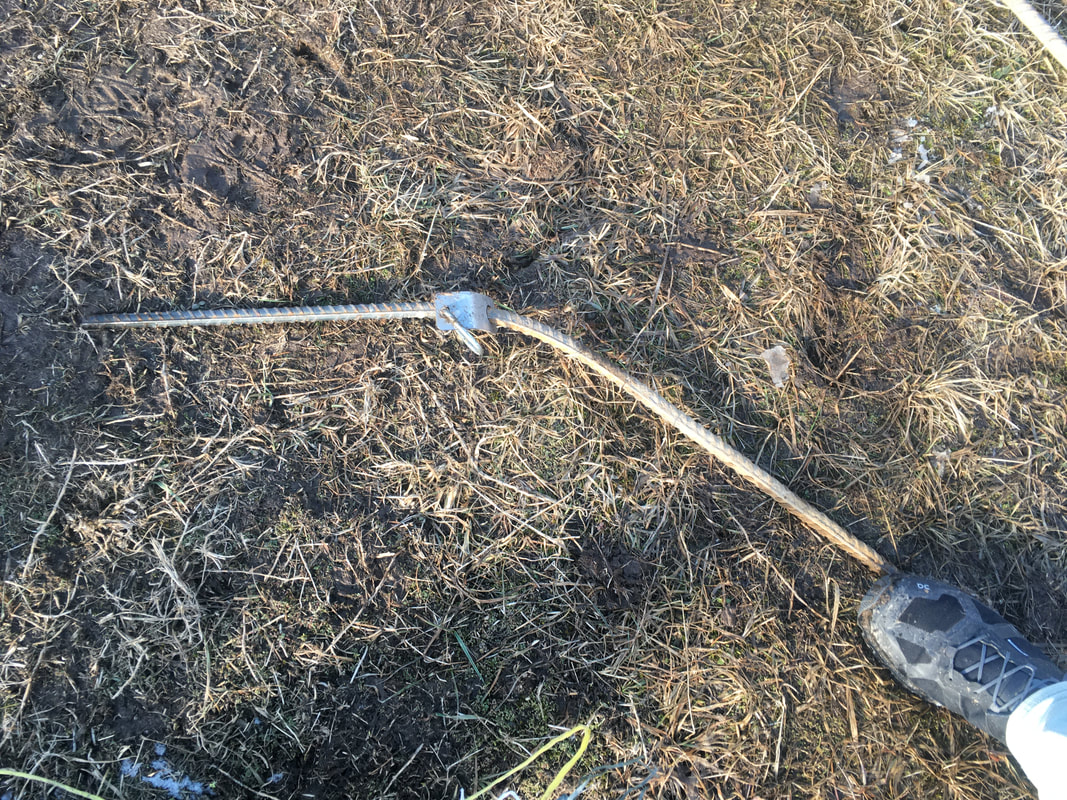 The wind was strong enough to bend the rebar that anchored each post into the ground. From the debris I surmised that one side was lifted up a few feet (those posts were pulled straight out) and then the wind bent it over on the other side (those posts were all bent like this one) since it was anchored too well to do a full 'mary poppins'. 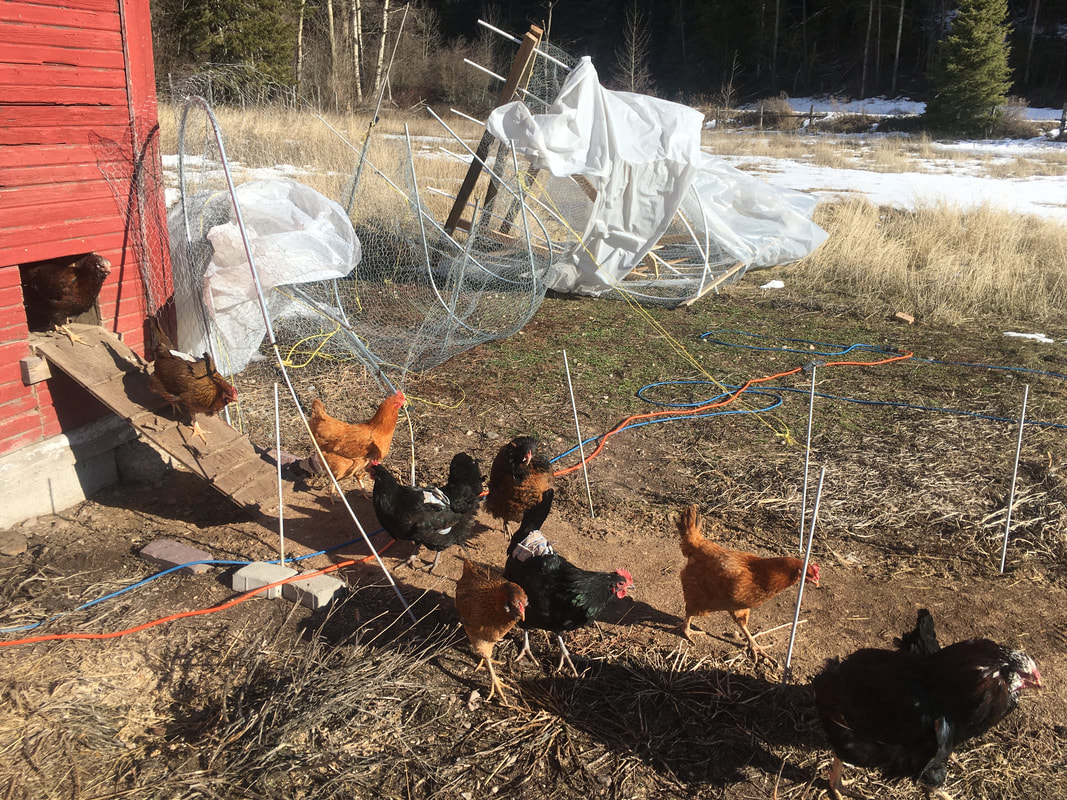 Even the barn hens got to stretch their wings! Just needed to move the twisted wire and hoops outta the way and then their off! They've been cooped up, literally, for the past week and will be for at least another while I get busy with rebuilding their run. The wood is in the barn and it's only waiting on me to make space in my living room so I can seal & stain it all in a place that's not below freezing. What's available this week?
Where to find it all?
The winter egg/microgreen delivery is every Friday from 12-1230pm at the Fireman's Park Parking Lot. I'll be there rain, snow, shine, or freeze! What a week! While I was driving home, the big wind storm hit the area and destroyed almost 4 structures. No chickies were harmed as it hit during the night when they are all locked up tight and snug! But one of my poor high tunnels which I was so looking forward to using this year is gone, as is one chicken run, the storage garage, and the old shed roof became some flying metal panels. I had to hold back from starting to clean up and break down the rubble so the insurance agent can get a good look. It's amazing to see how easily metal pipes were bent in two and rebar was flung out of 2' deep anchors. The power was out so my weather station wasn't receiving but we estimate 70mph gusts through our little valley. Glad to say the 100 year old cabin and 60 year old barn are looking good and holding strong (the new carport probably helps hold the barn down). After planning and re-assessing this weekend, the clean up will begin! And I already have plans for modifying the high tunnel construction so it can withstand this kind of onslaught, especially if it happens when there are precious crops inside so I don't lose both tunnel and crops. Most people know or talk about how much farmers are at the mercy of mother nature, and until you watch as a 10 second downpour washes away 100 freshly planted seedlings, or rush around while getting pelted by gravel-sized hail and 30mph winds to rescue potted up transplants, or watch as a wind gust flattens a stand of wheat it can be hard to explain. People may wonder why I often stop and watch the sky or the tree tops or how a bird is flying on thermals or listen to see if the birds stop singing or if the deer are eating lazily in the field but all these things and more help me learn, understand, and predict mother natures patterns. It's not mother natures fault for being harsh, as a former climate geologist, I know just how much of a hard time she's had the last 100+ years. It's my job as a farmer to stay on her good side and know when to play in the sunshine and when to duck and cover. There will still be eggs this week as nothing gets my girls down! Stop by Fireman's Park parking lot Friday, February 7th from 12-1230pm to pick up some yummy rainbow chicken eggs or big squatty duck eggs! 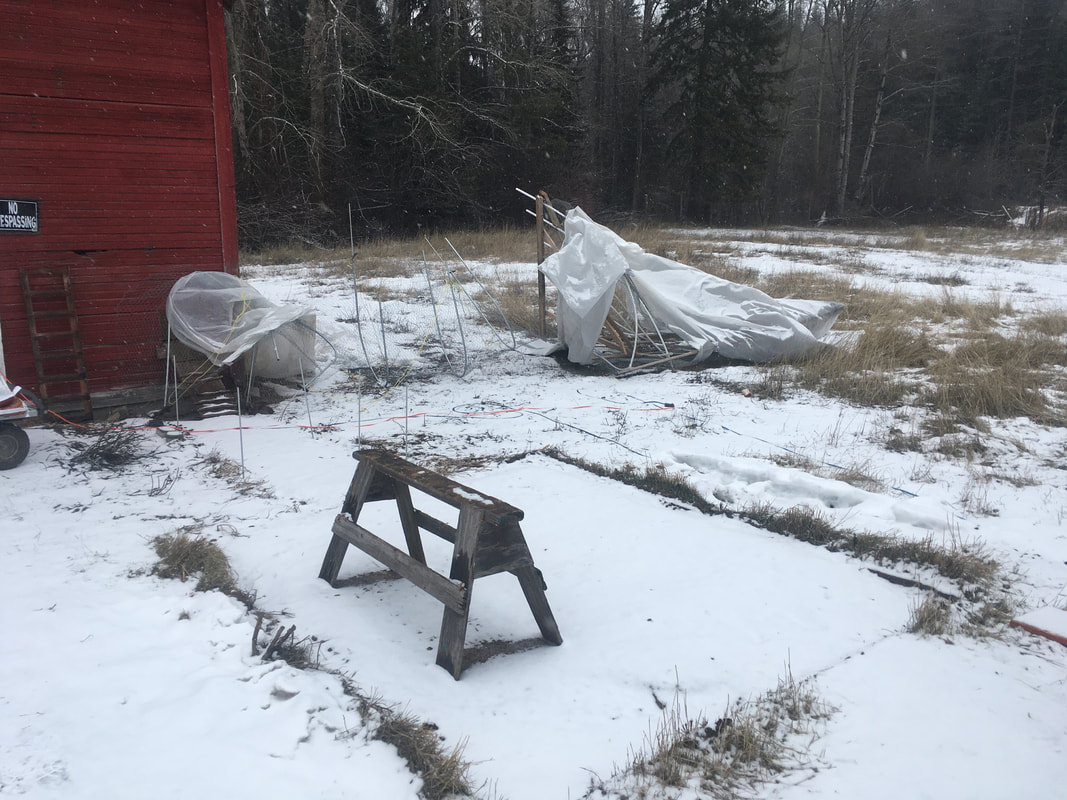 The barn run also got the flattening treatment as it is more turned into the wind than the other runs. No chickies were harmed!!! The storm was forecast for saturday afternoon but struck us friday night/saturday morning so all hens, and roosters, and drakes were safe in their huts which were built and designed to withstand a lion attack which I guess also counts as 70mph winds. The sawhorse was inside the run as a daytime perch and the run lifted straight over it! The rainbow hut row is safely locked in position thanks to t-posts with rope going over all in the row, otherwise they probably would ALL look like the barn run. The hens don't seem to know what hit em and are happily beggin for food and treats at all times. What's available this week?
Where to find it all?
The winter egg/microgreen delivery is every Friday from 12-1230pm at the Fireman's Park Parking Lot. I'll be there rain, snow, shine, or freeze! |
AuthorI'm Farmer Megan with a life full of cackles, clucks, quacks, weeds, crazy kitten, and one tiny, senior, blind dog. Archives
May 2024
Categories
All
|
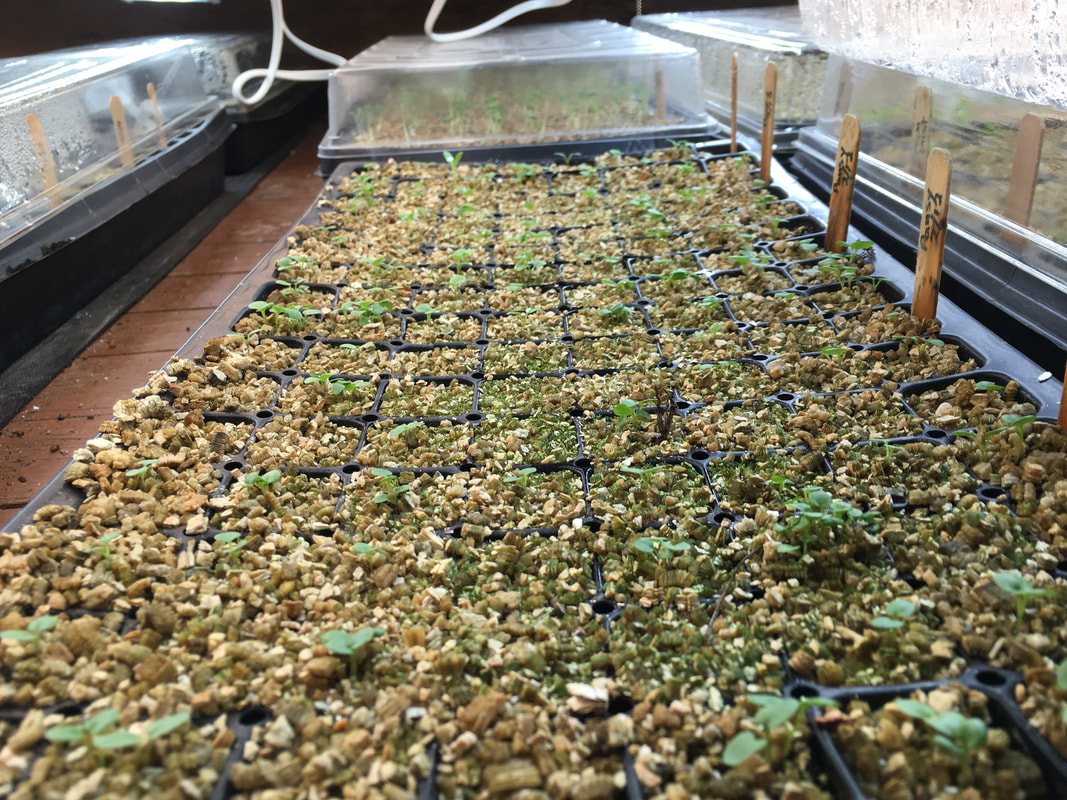
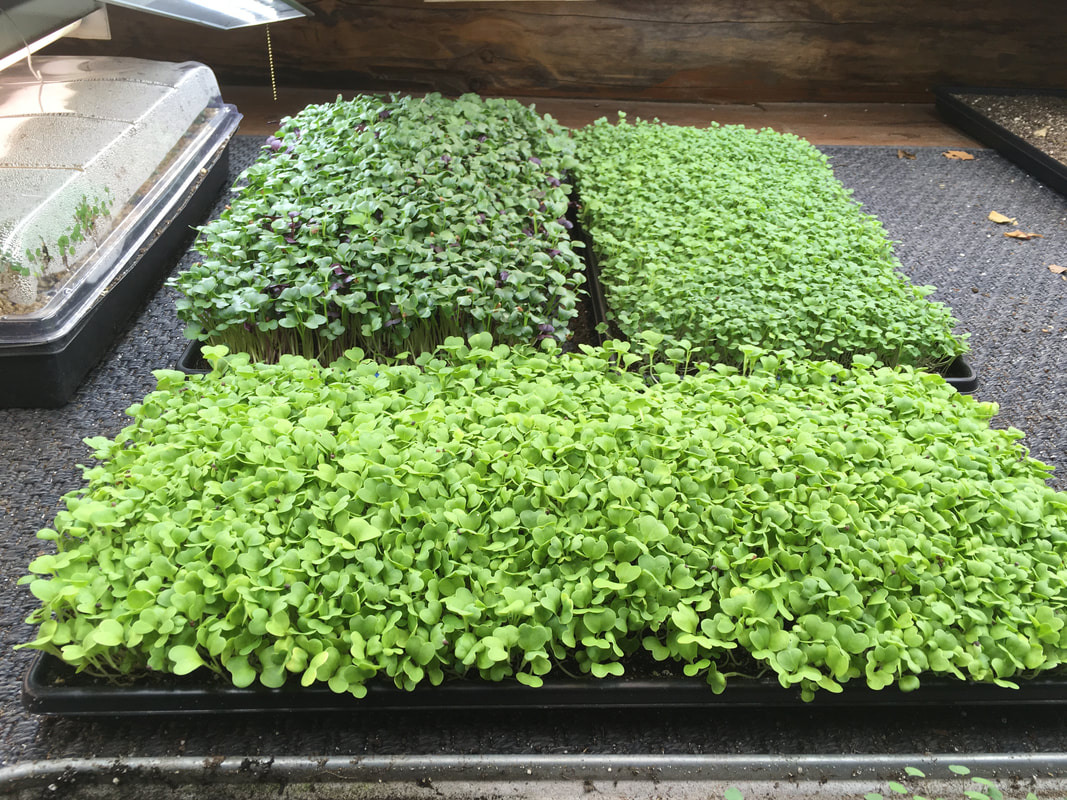
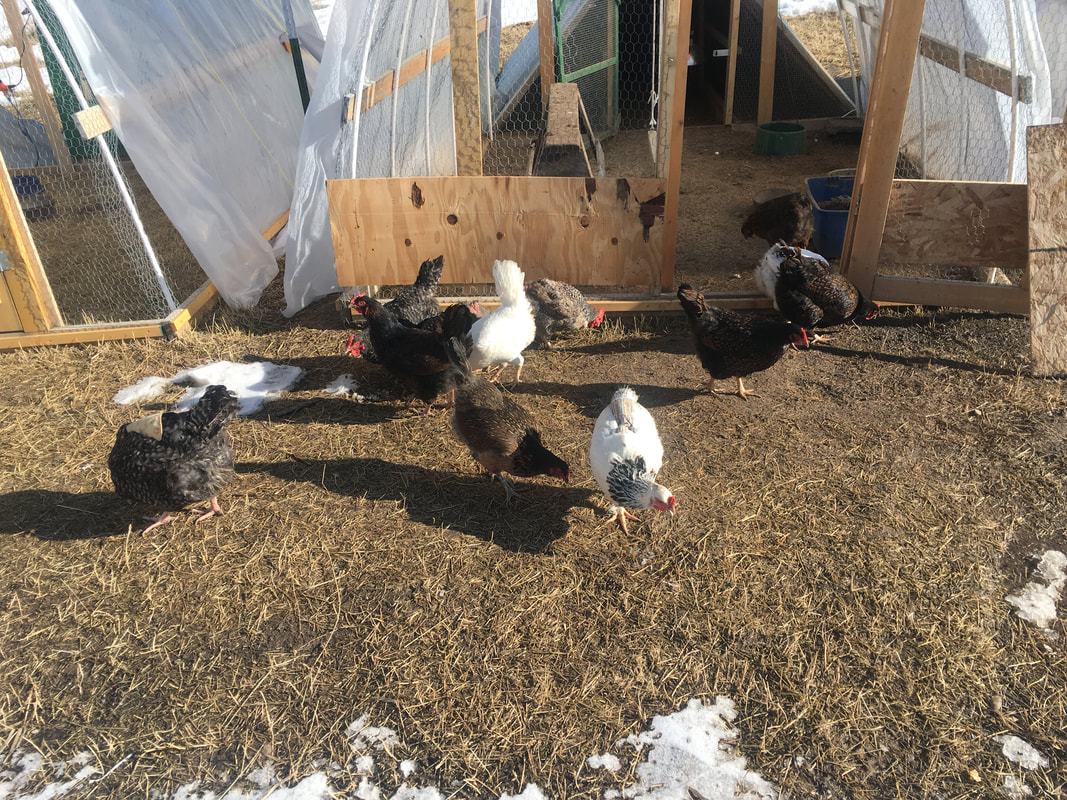
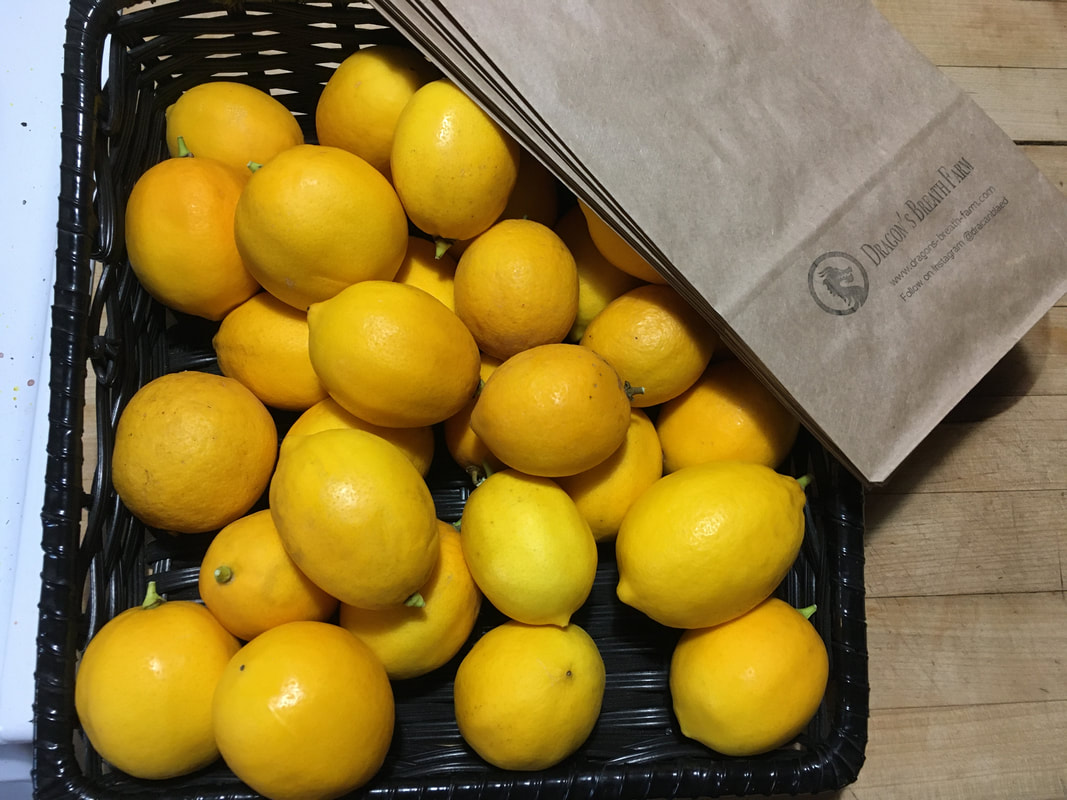
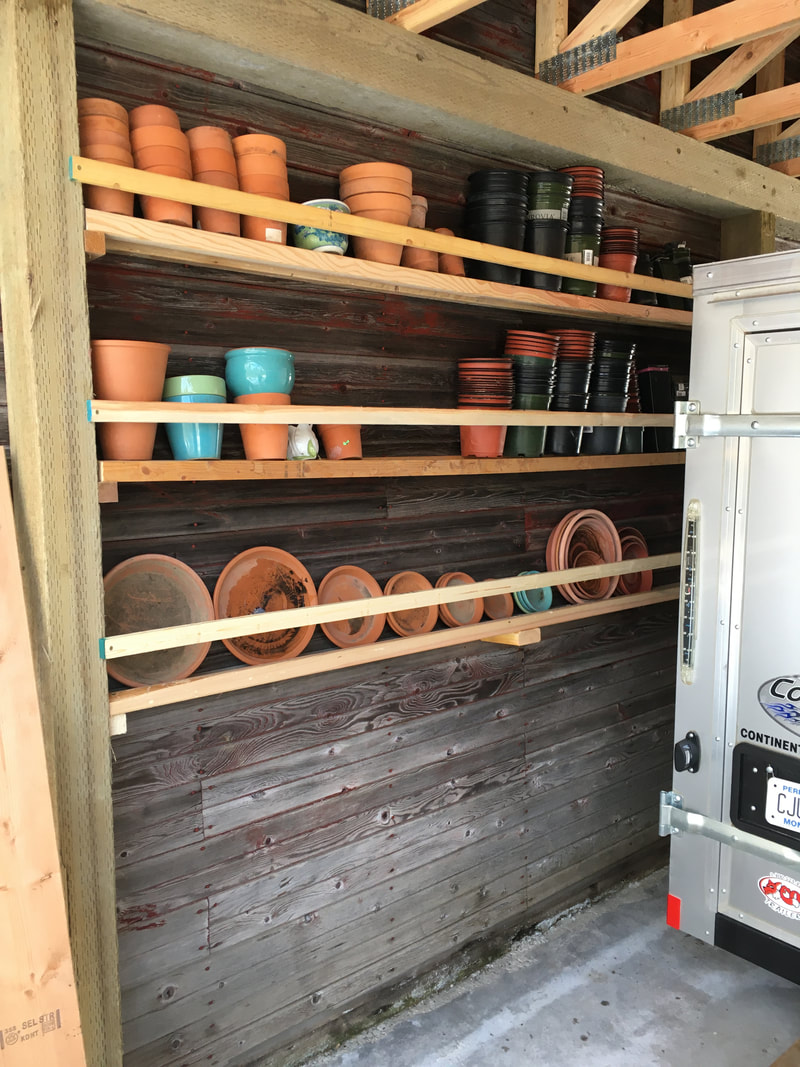
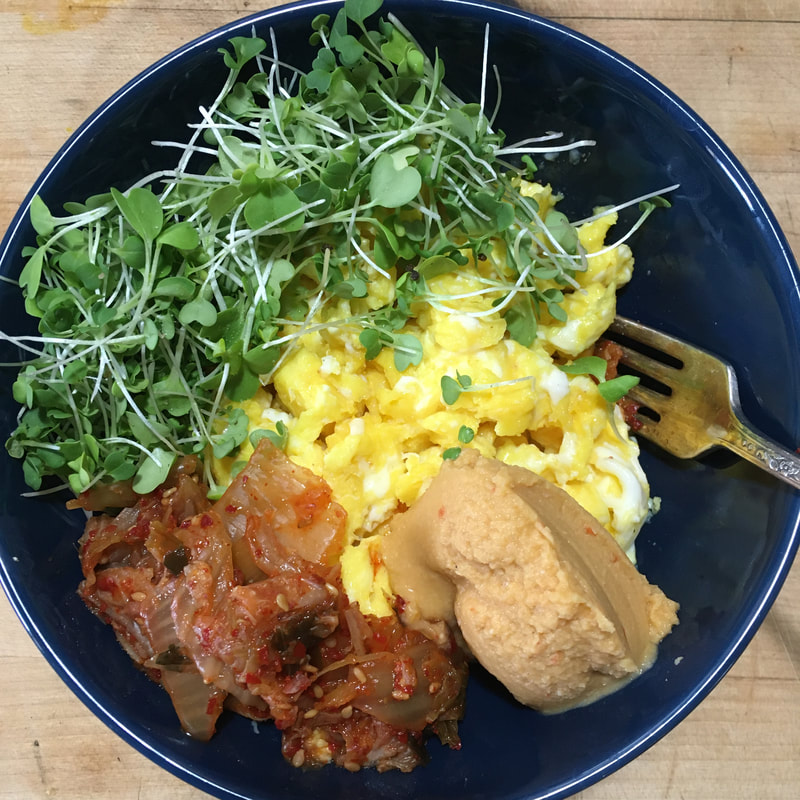
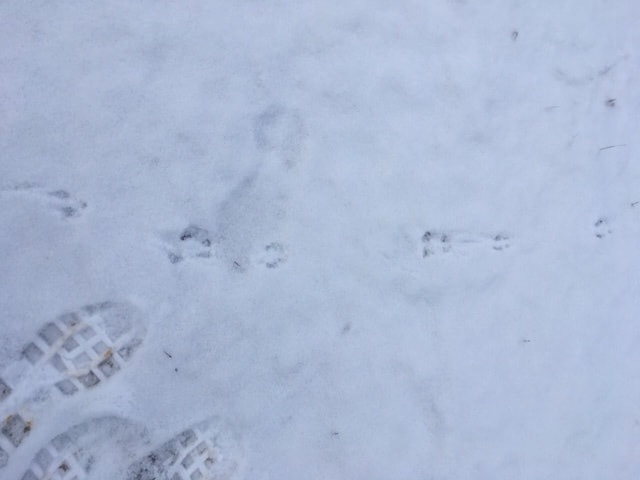
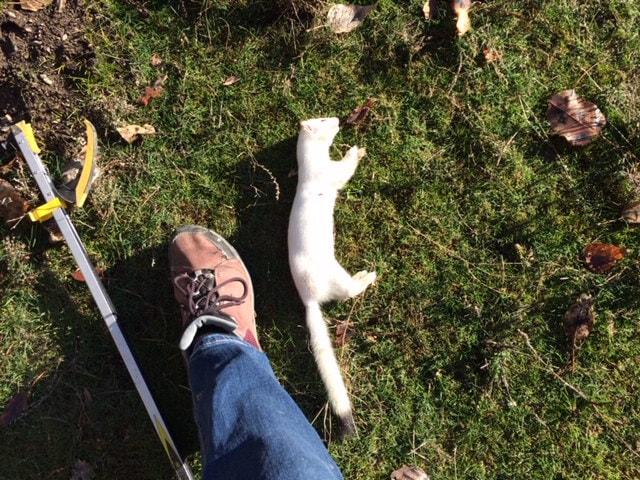
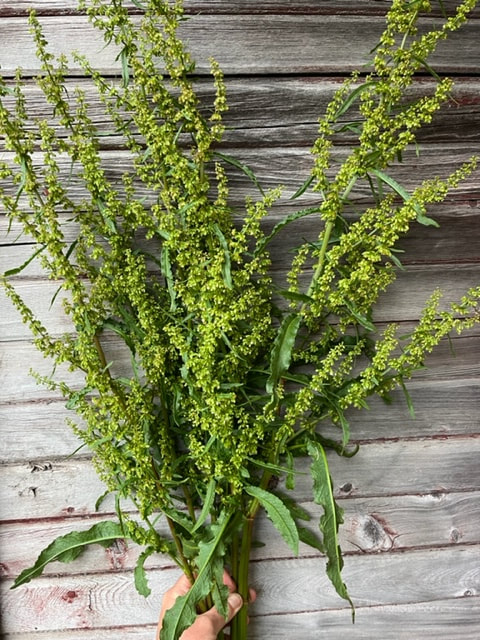
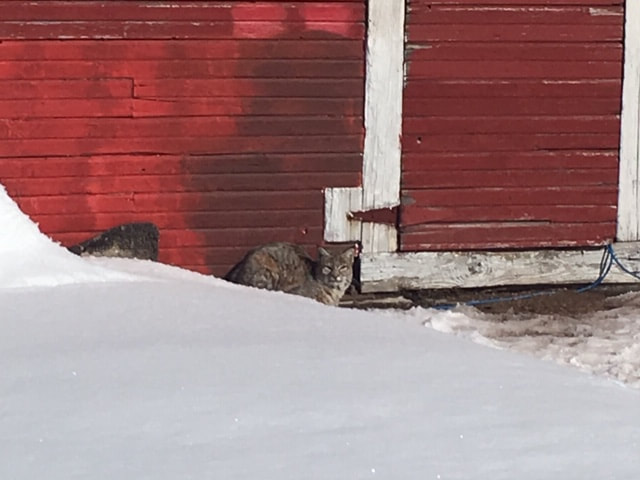
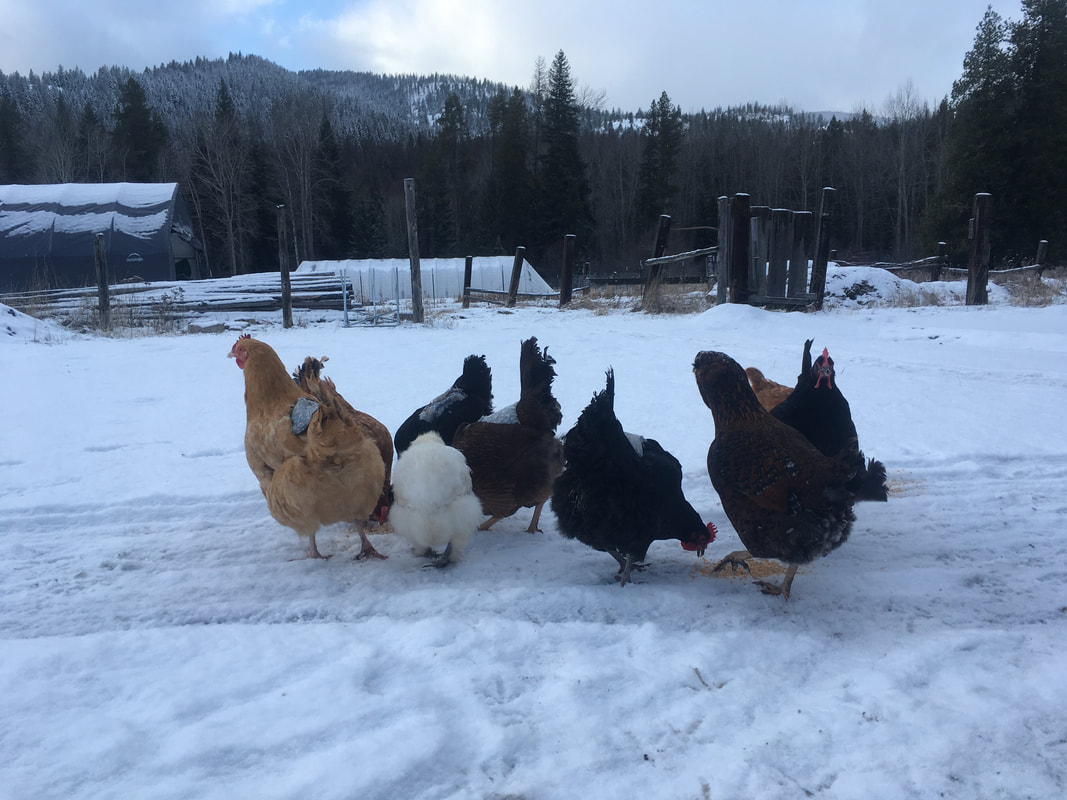
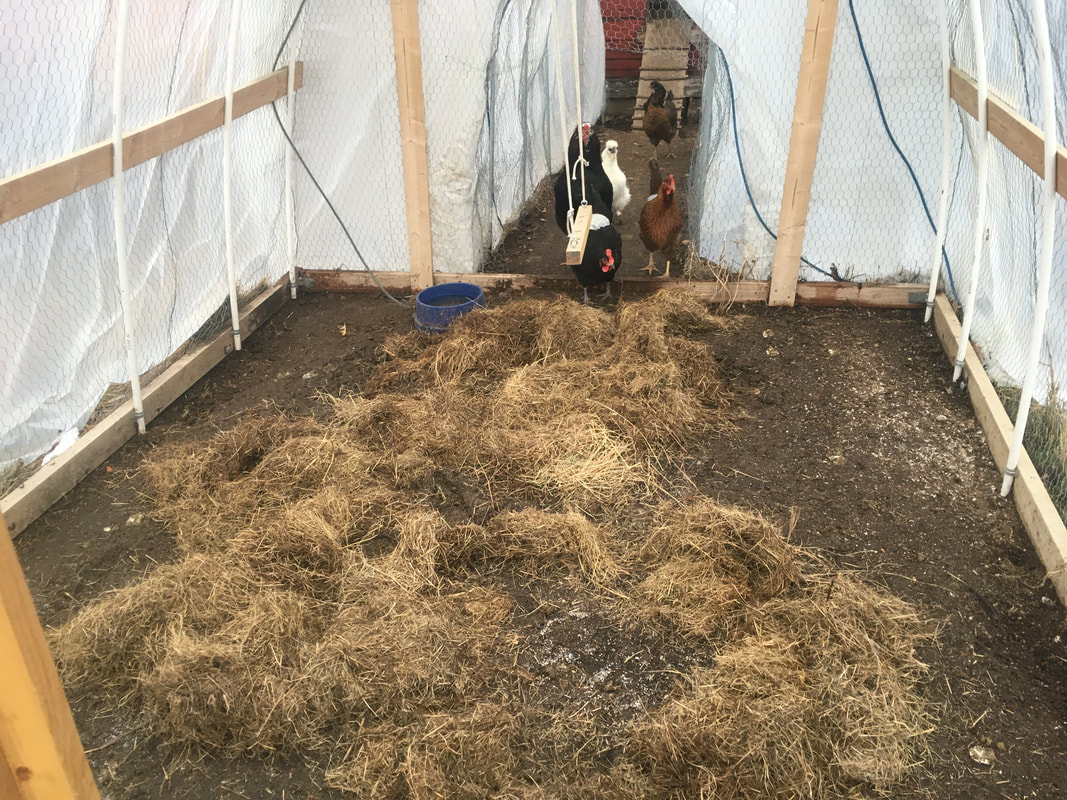
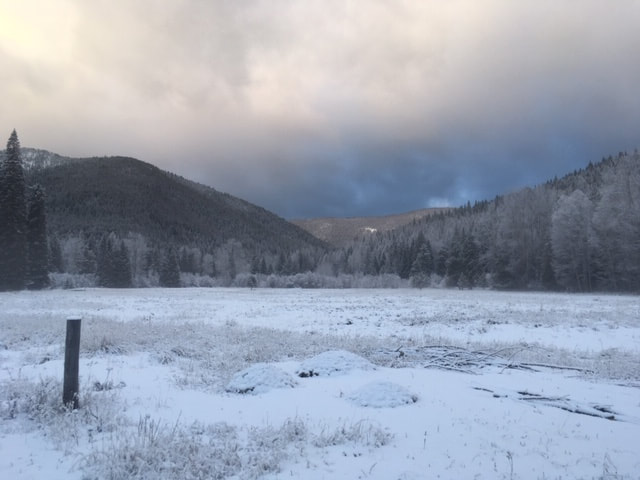
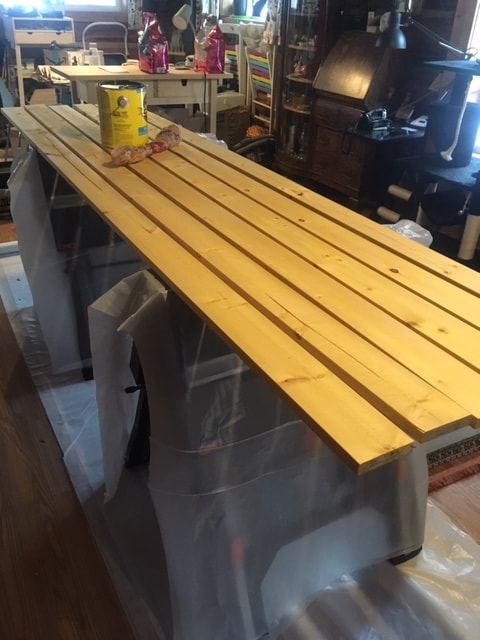
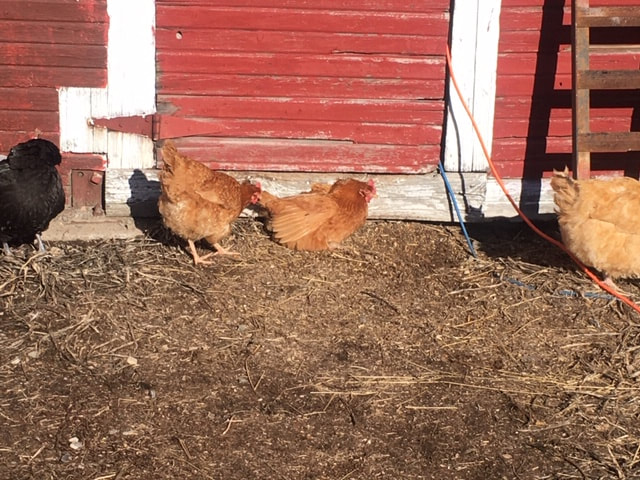
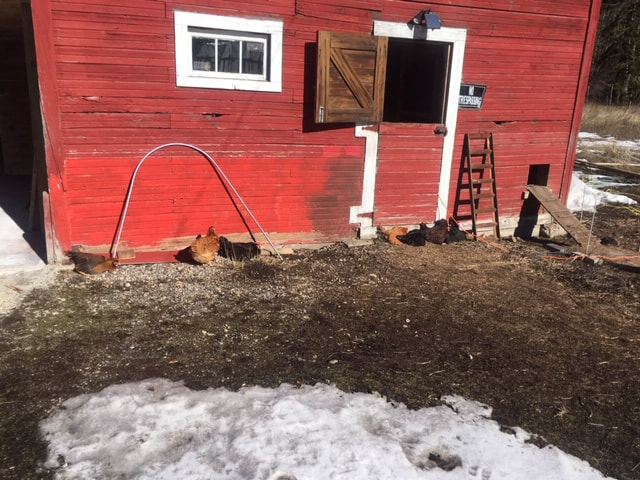
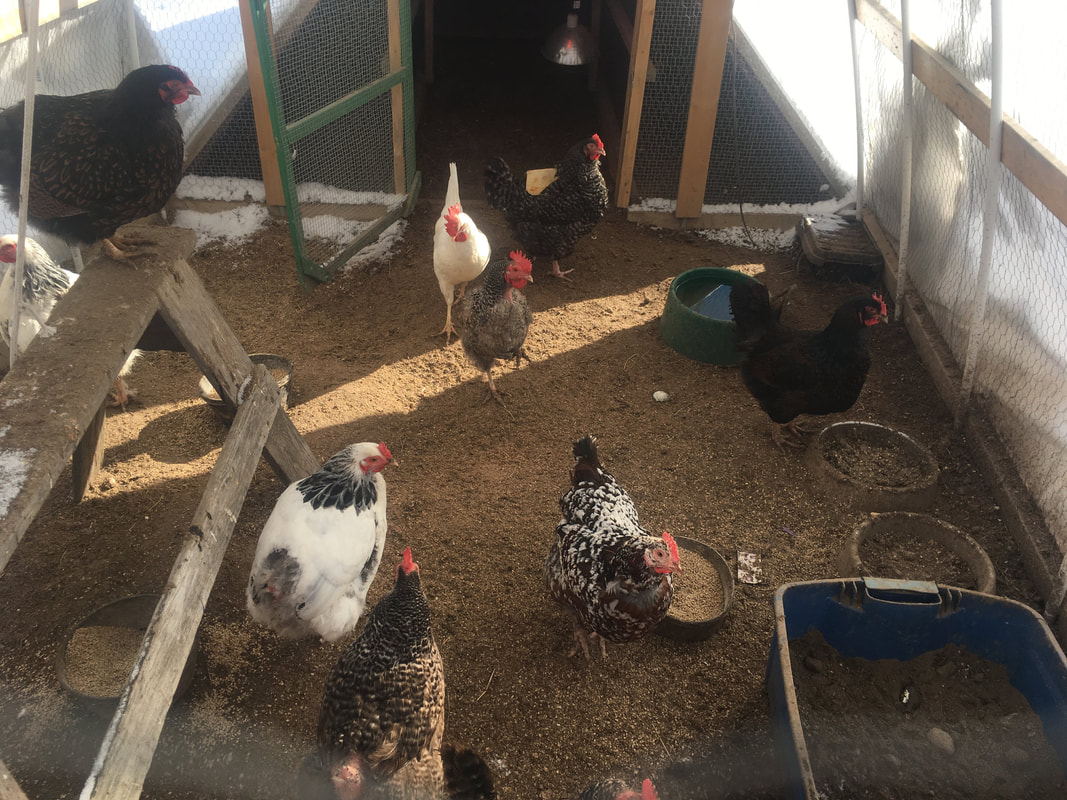
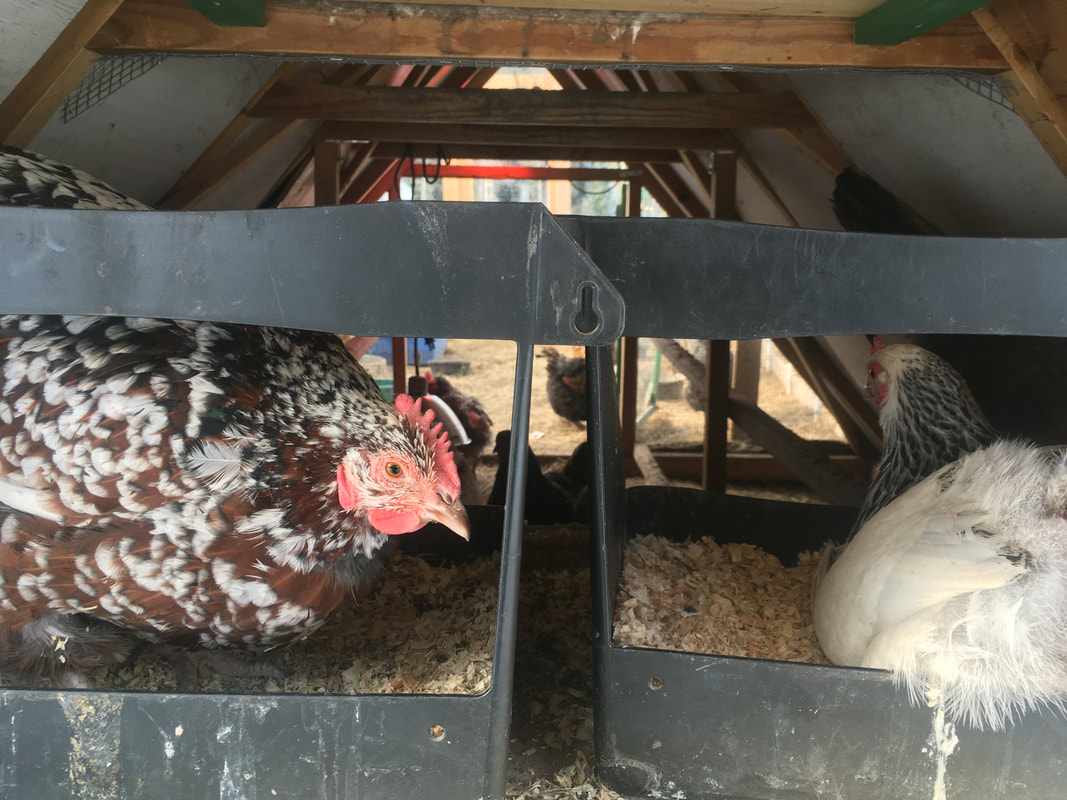
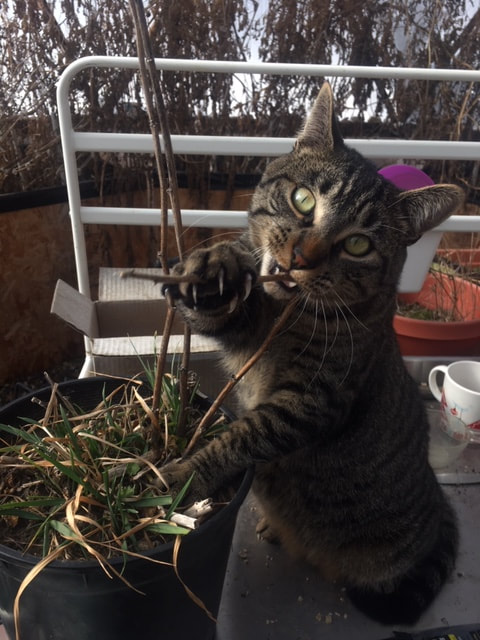
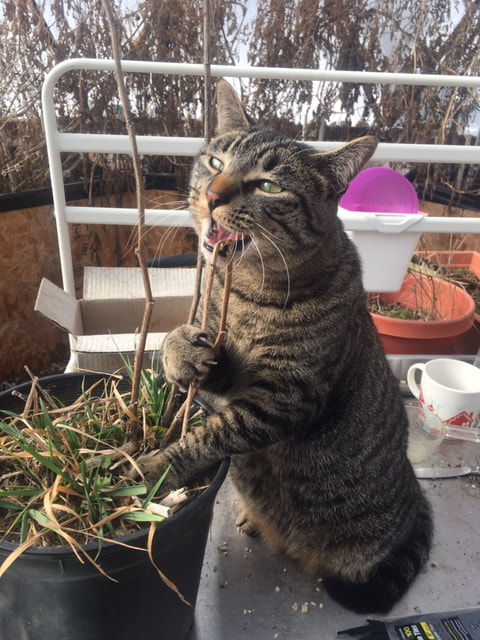
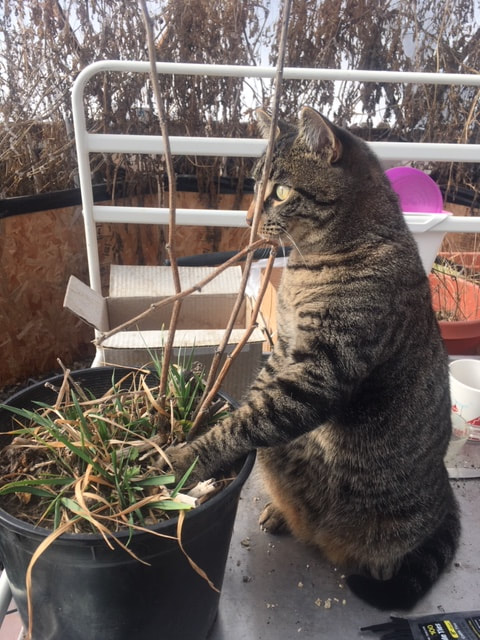
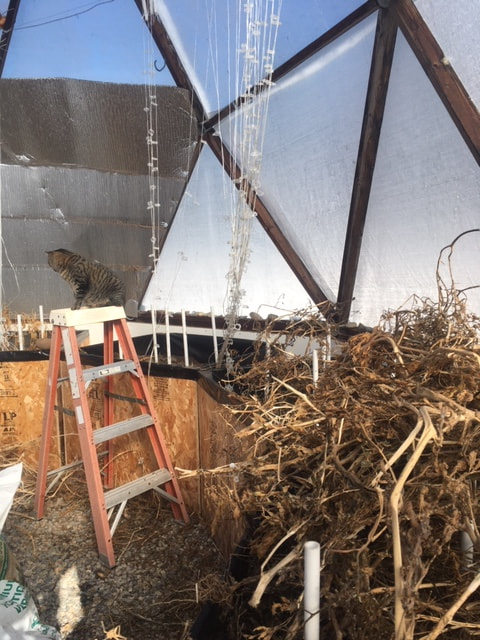
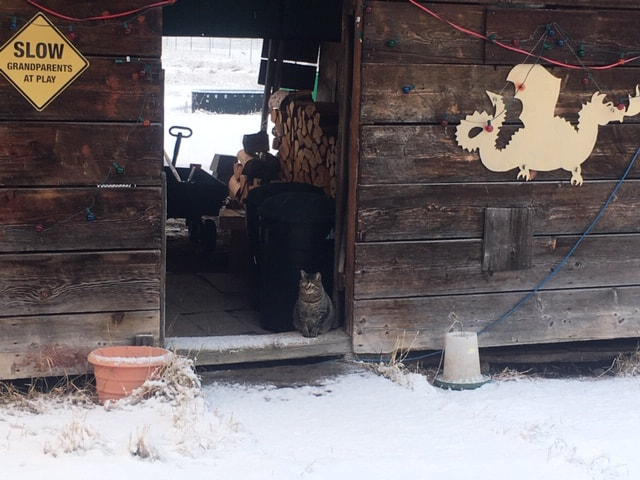
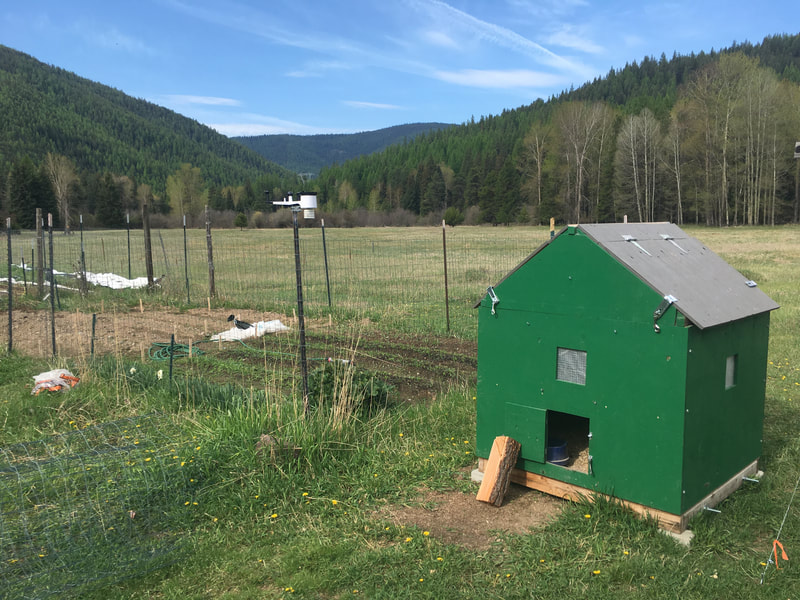
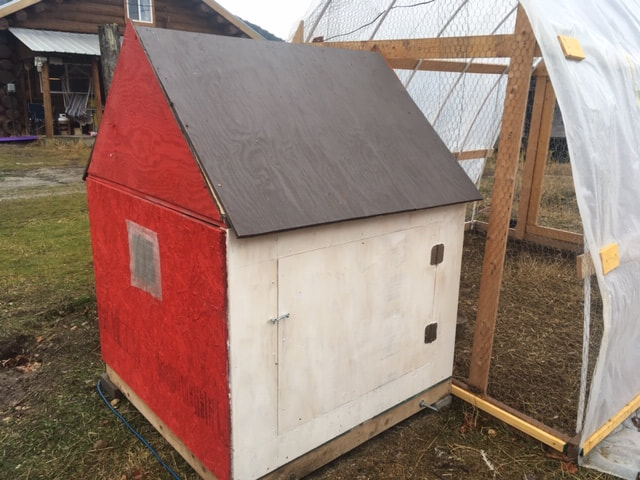
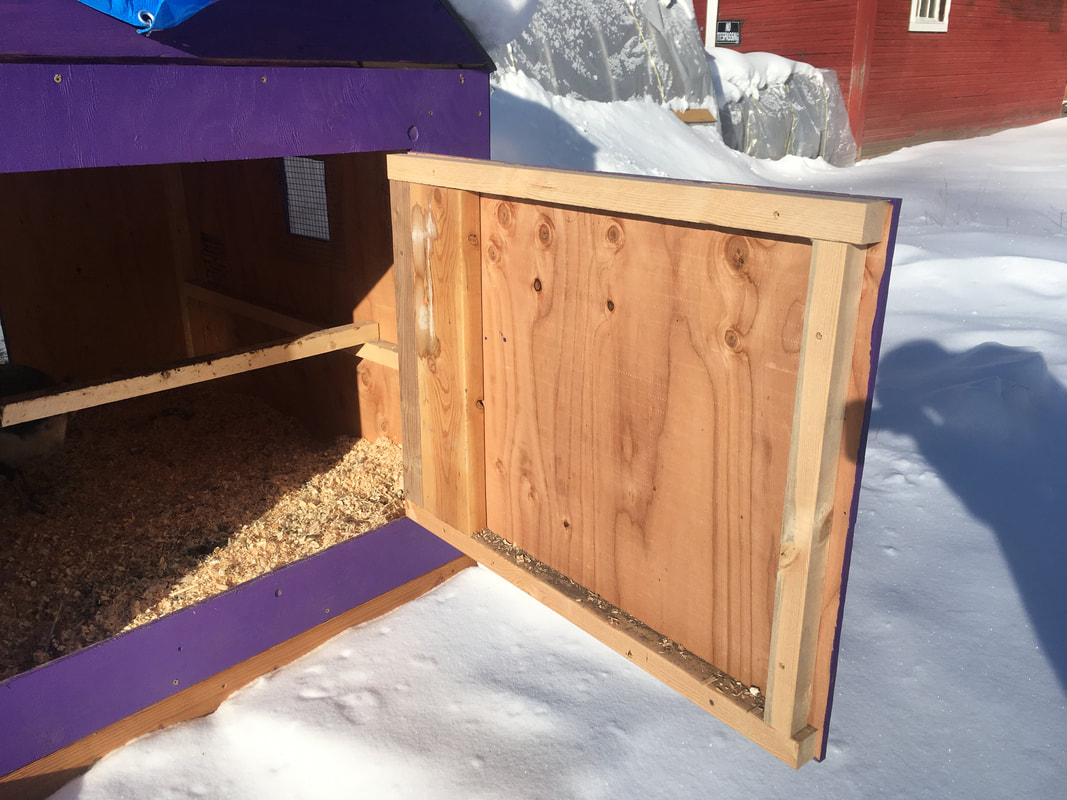
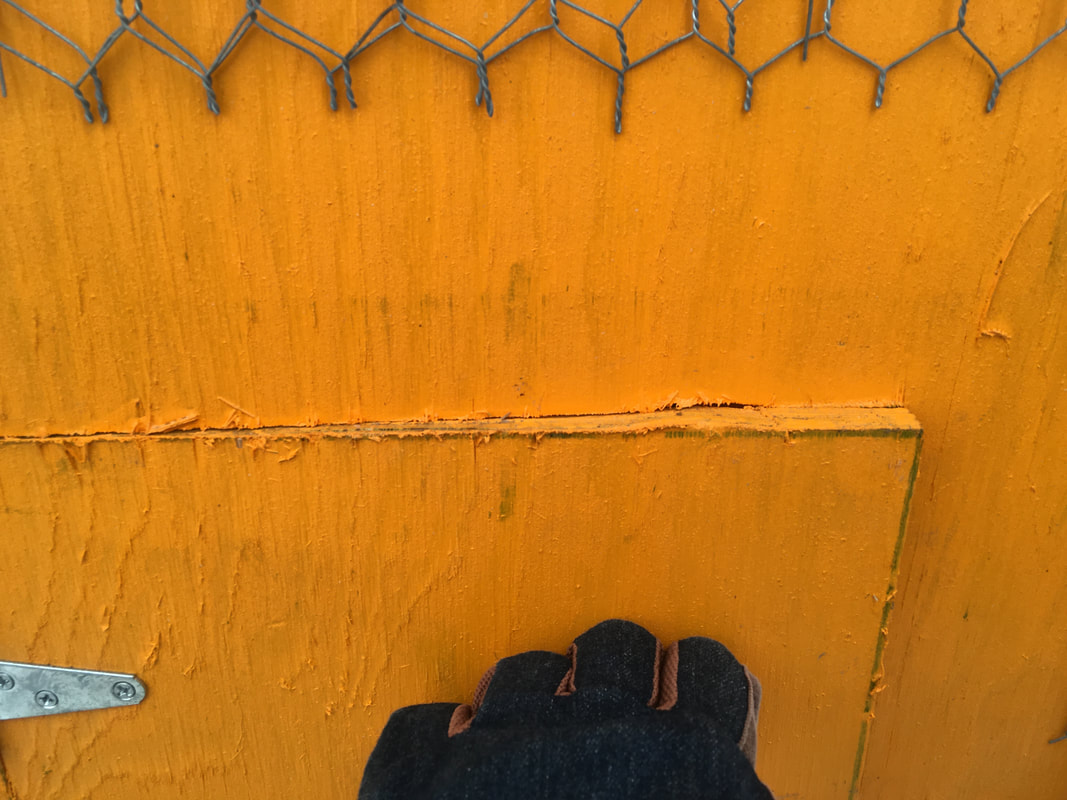
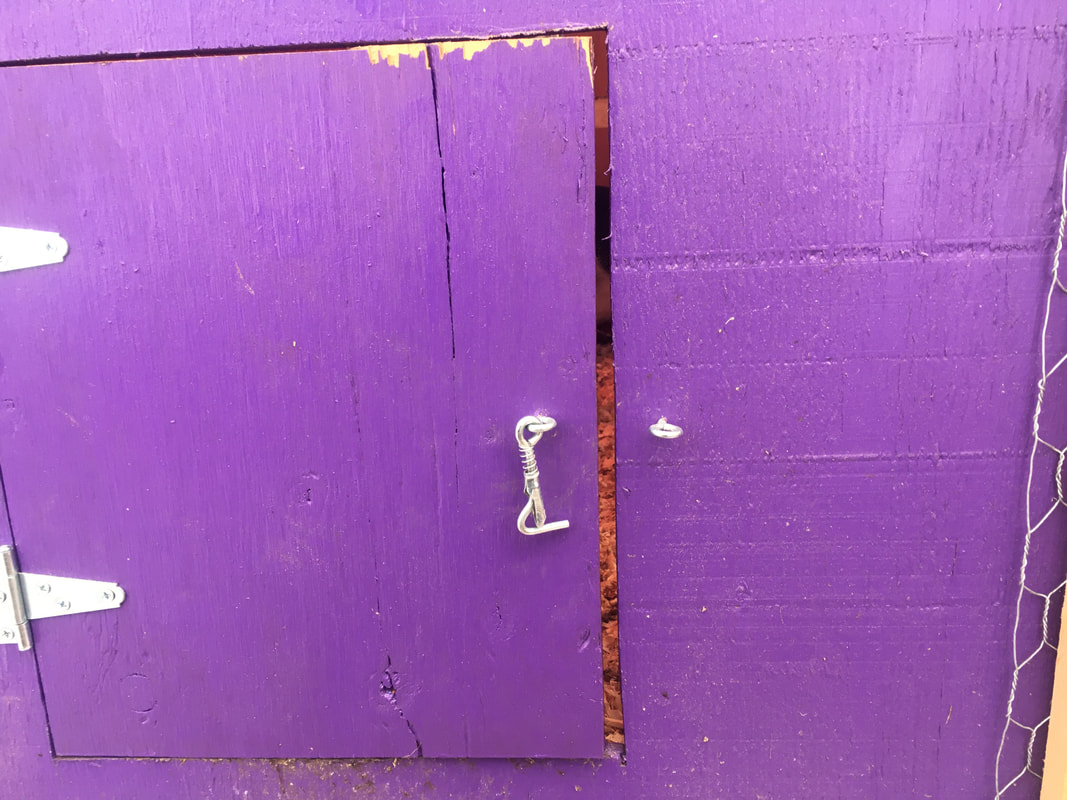
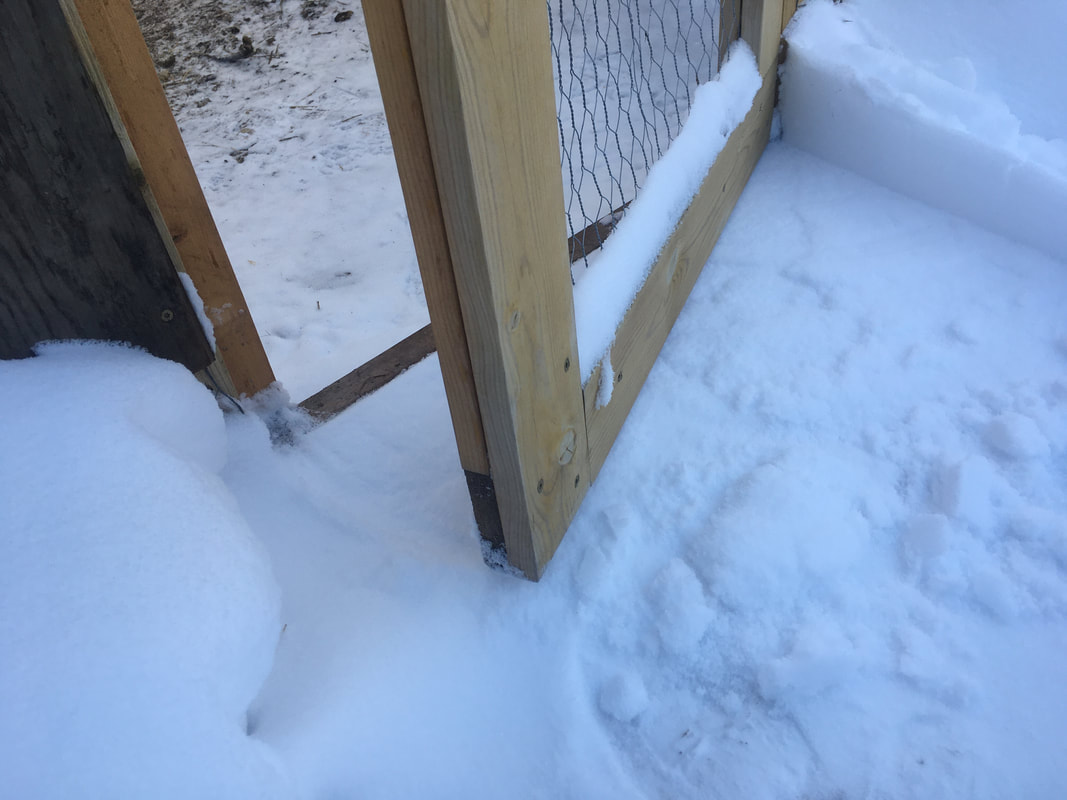
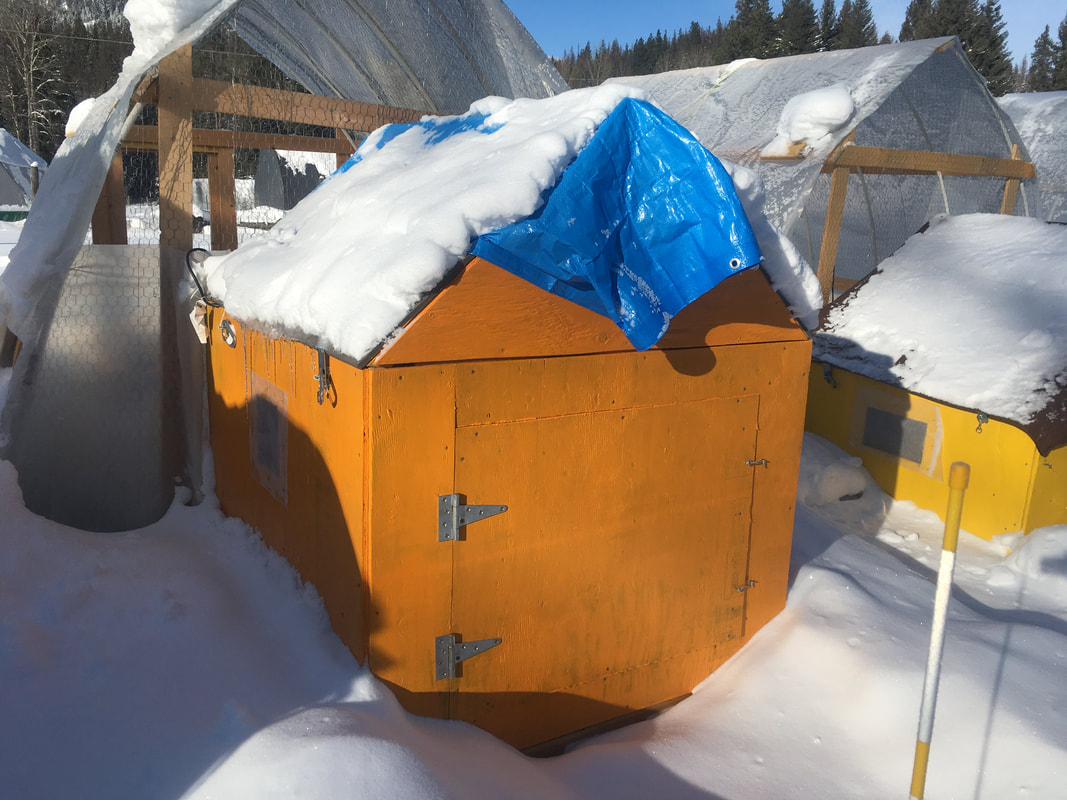

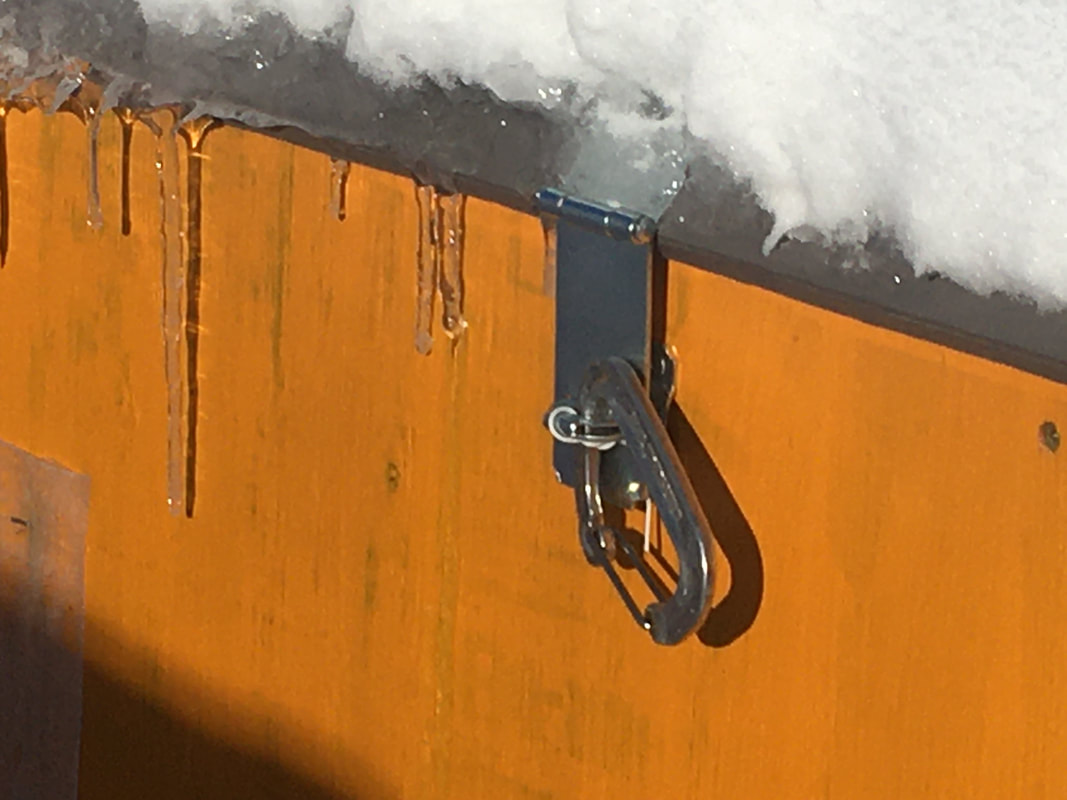
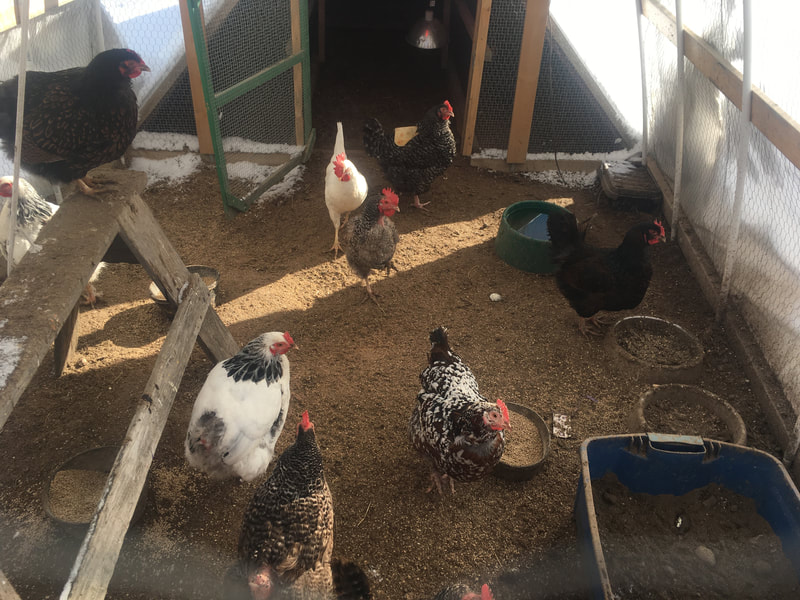
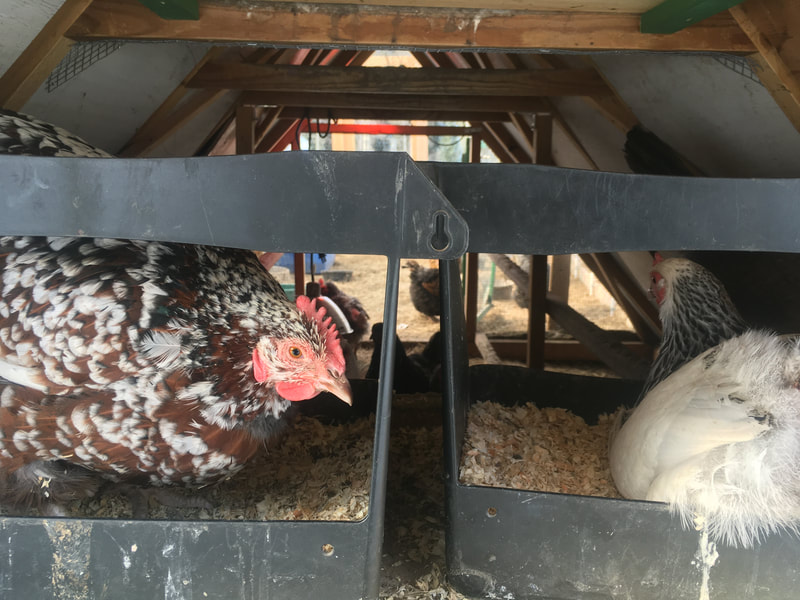
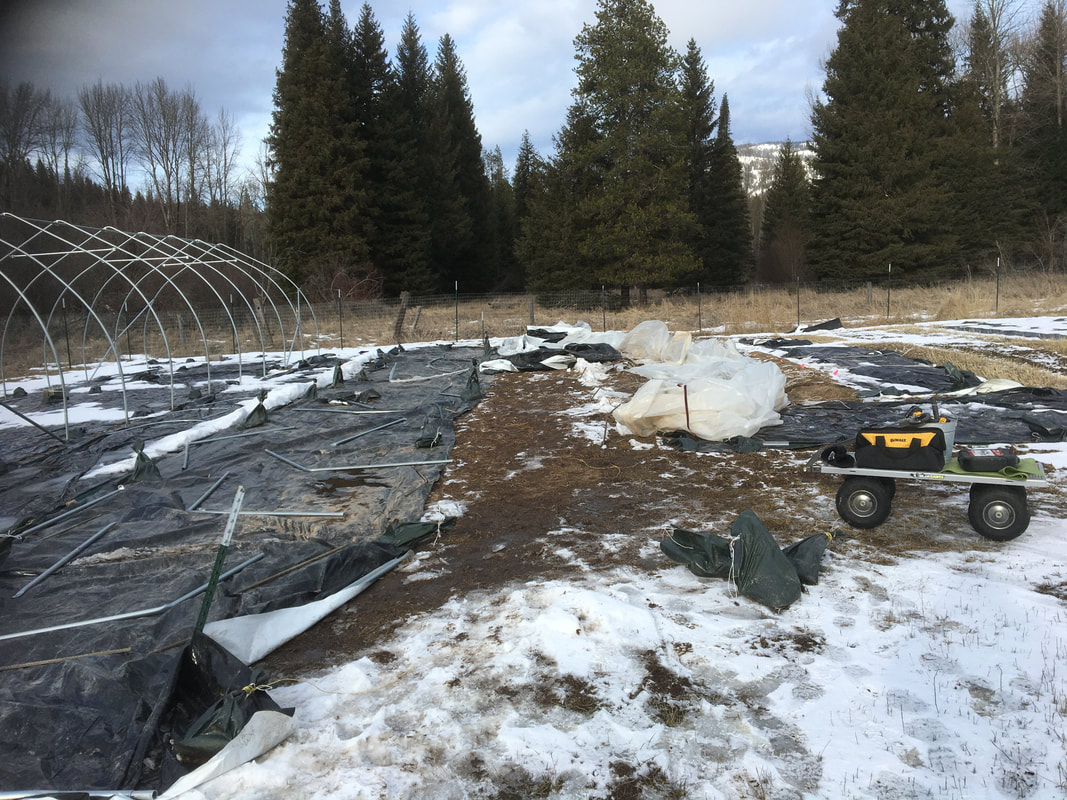
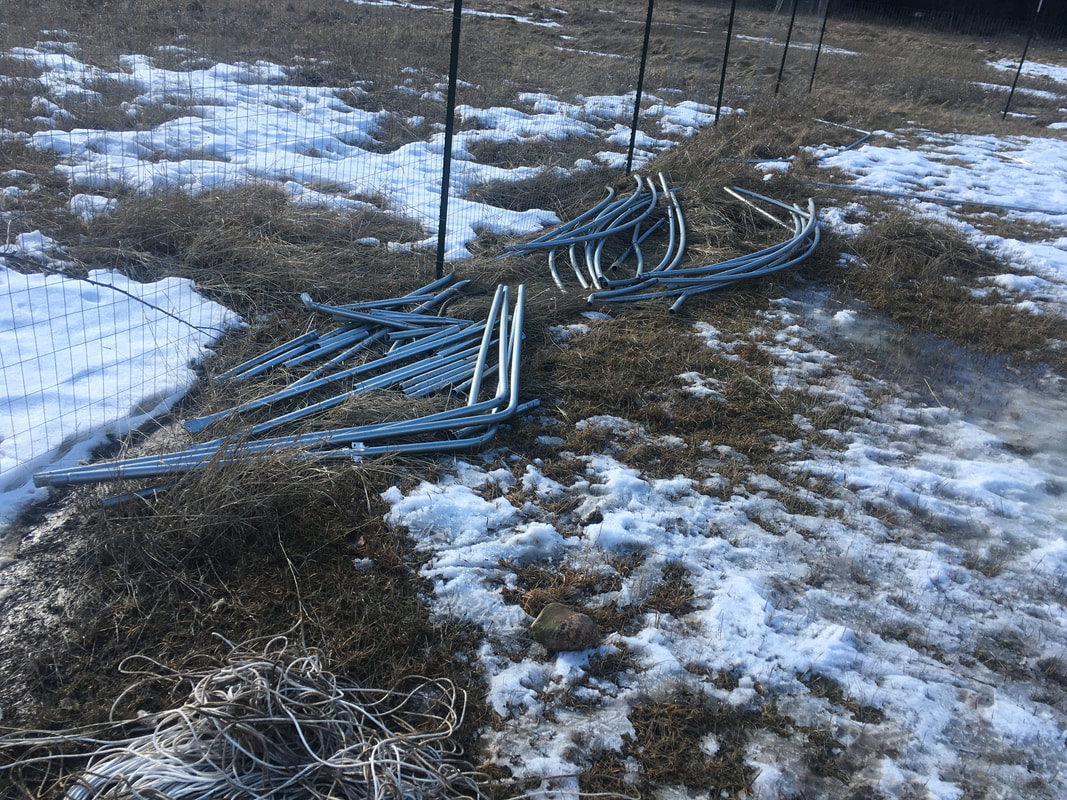
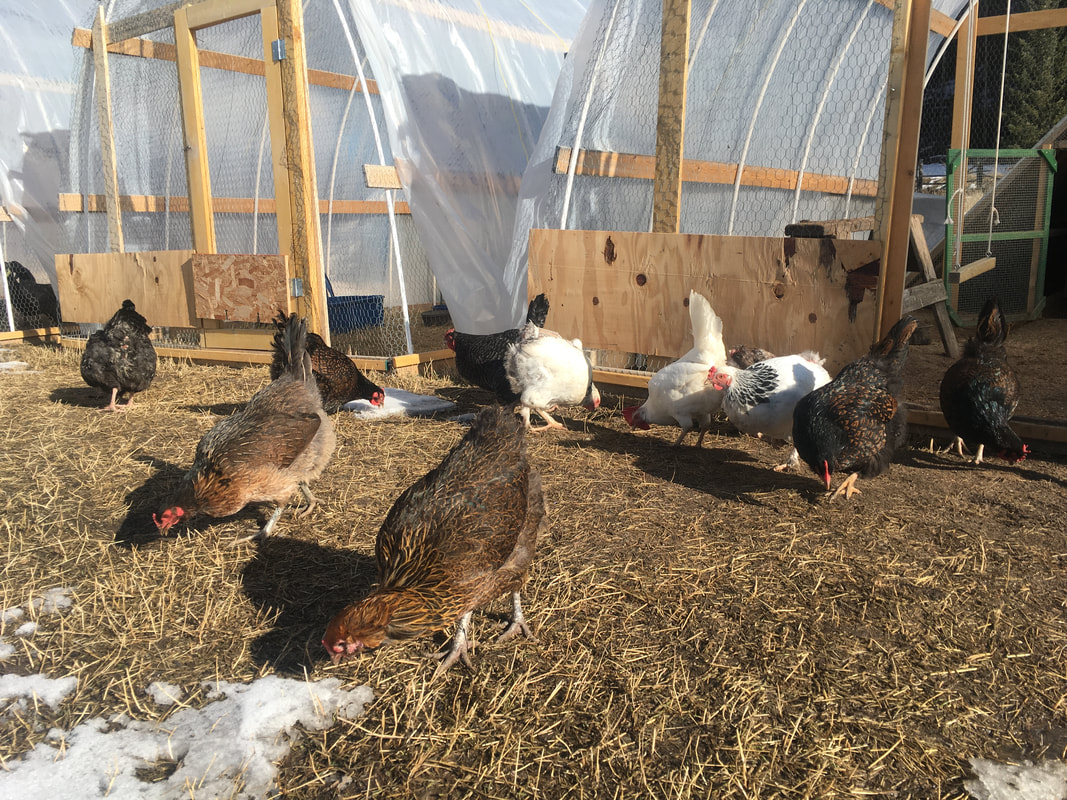
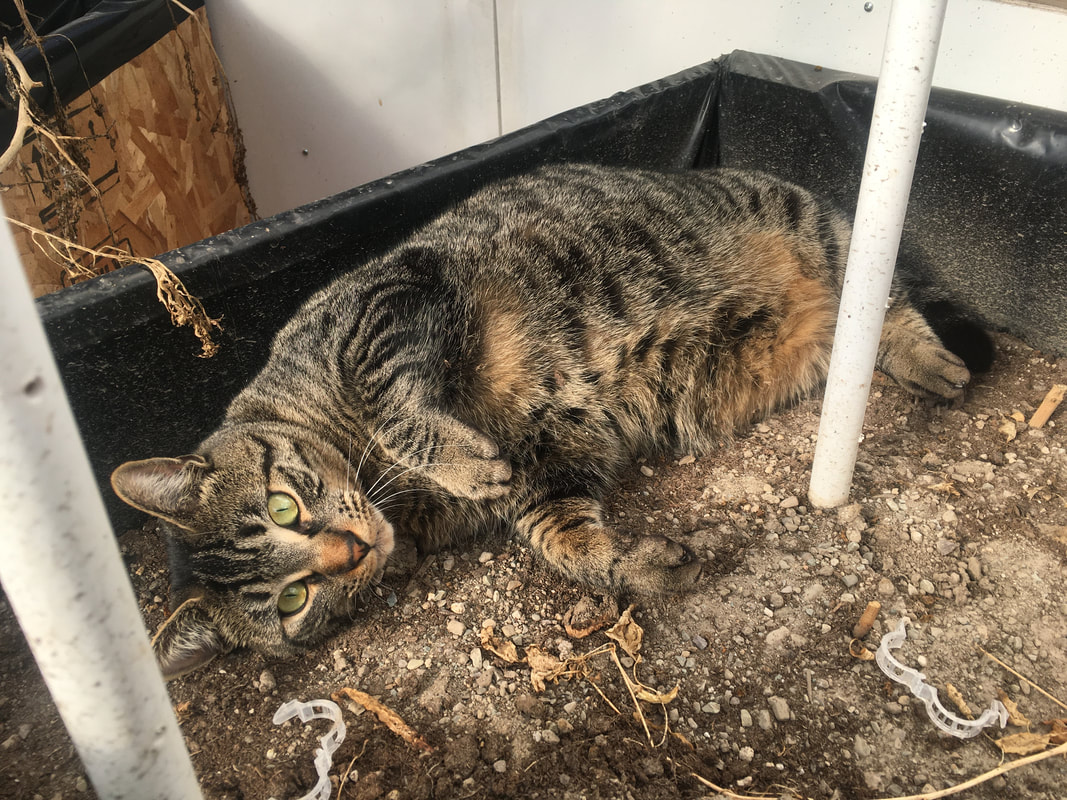
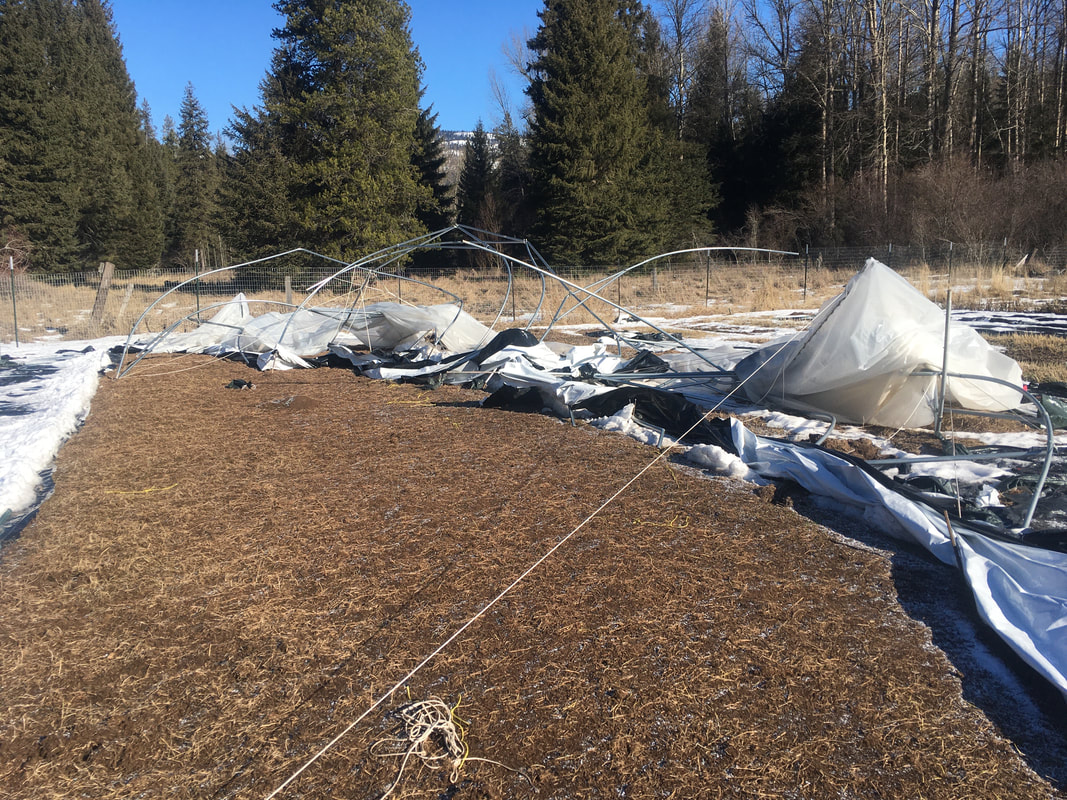
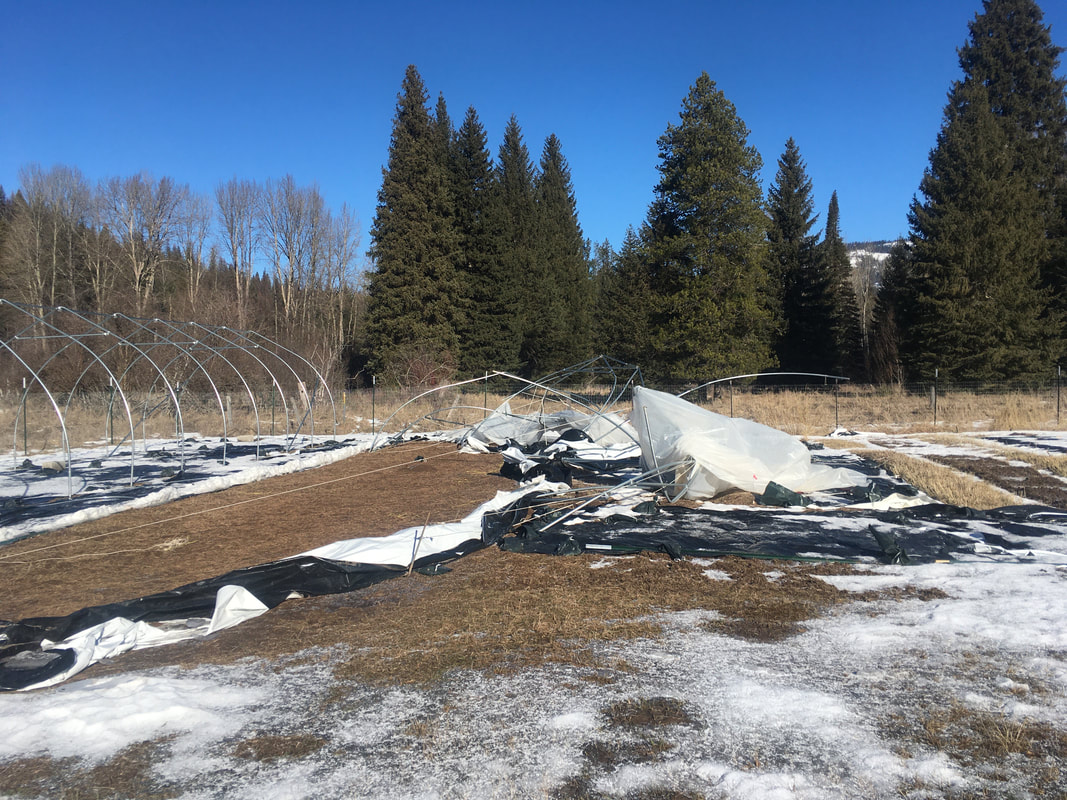
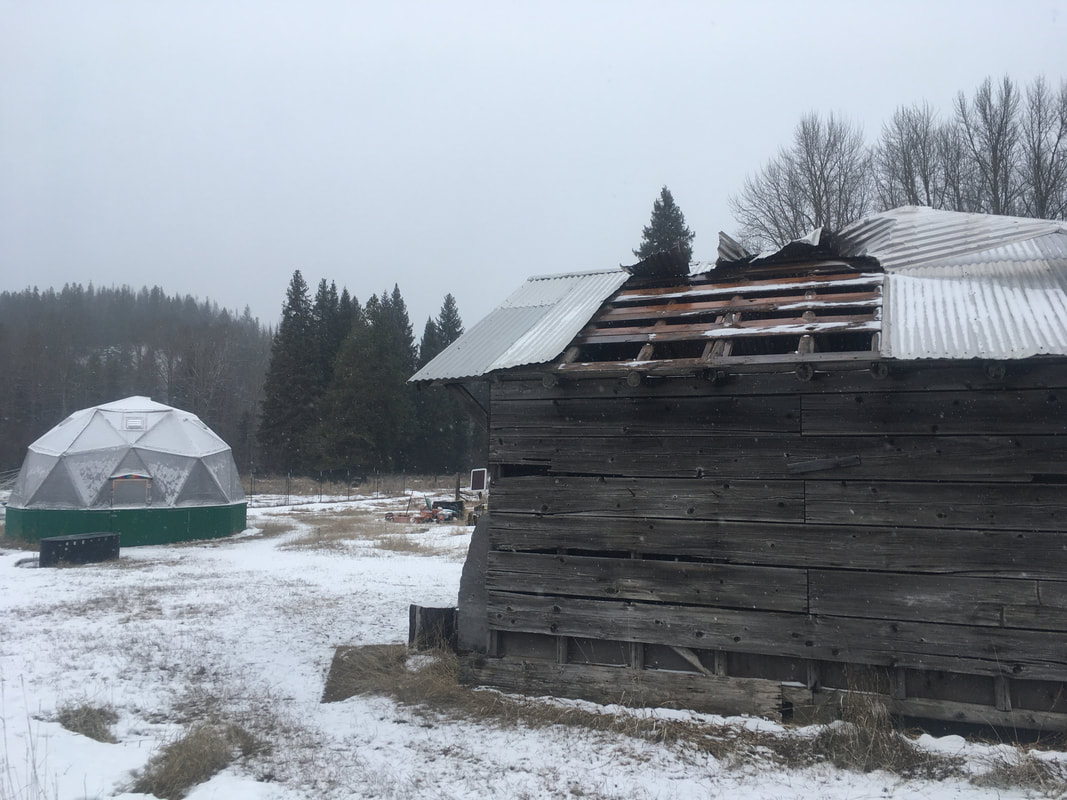
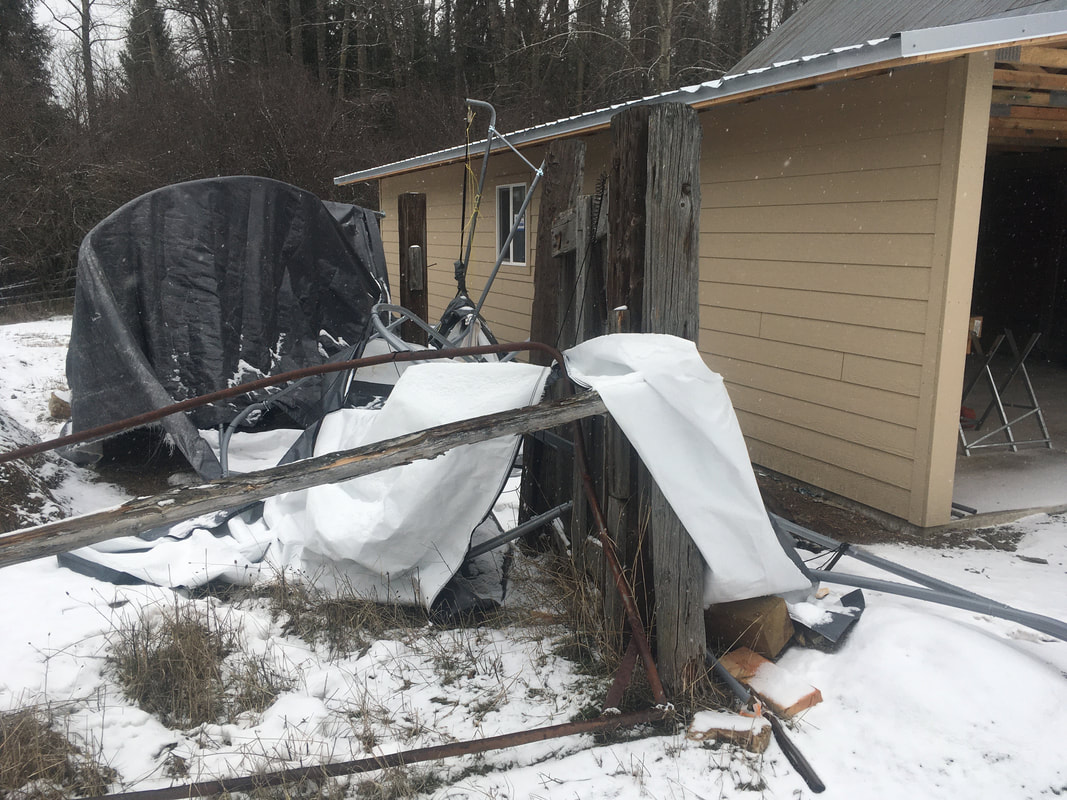
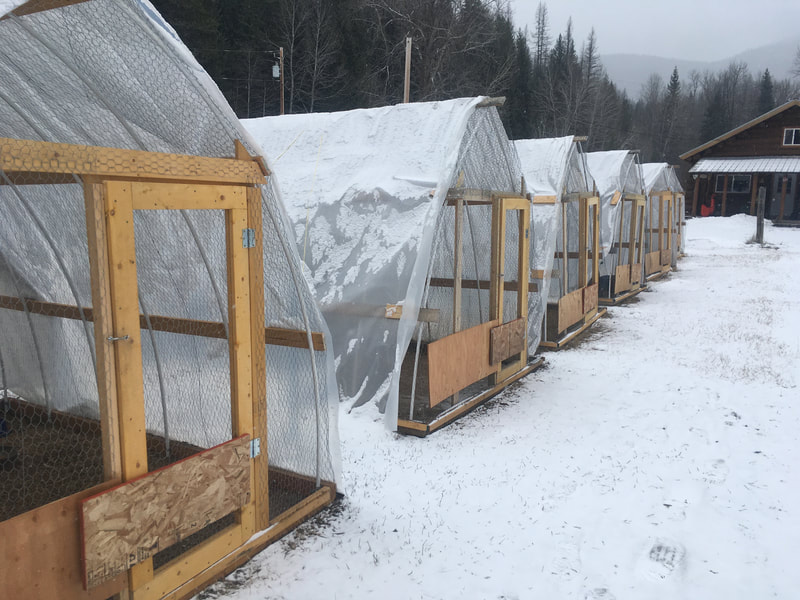
 RSS Feed
RSS Feed